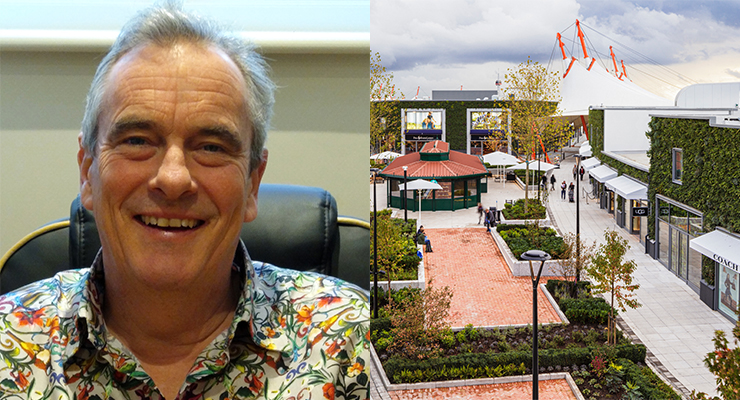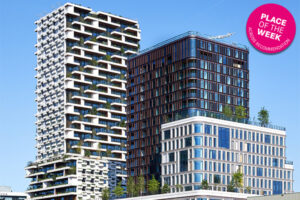The current cost of living increase is actually driving people to look at what they are spending on non-essential goods, and in particular things like fashion and clothing. This plays to the strength of outlets with consumers more inclined to travel in search of value and stay for longer.
As prices rise, so does the amount that the consumer can save, particularly on the most expensive goods. It’s therefore no surprise to see that the top end fashion brands – such as those in the LVMH Group – are trading really well and seeing their profits rise considerably. So, almost because of rising prices, rather than in spite of them, consumers are spending significant amounts of money on discounted top end luxury brands. However, if they are going to spend upwards of £1000 on a handbag from the likes of Gucci, Coach or Michael Kors, they want to see it, touch it, and enjoy the whole purchasing experience, which again plays to the strength of outlets when compared to buying online for example.
Furthermore, outlet pricing attracts consumers who wouldn’t normally be able to afford quality, high end brands. Many of them simply couldn’t afford to pay full price in Bond Street, but they can justify the expense at somewhere like Bicester Village where there is a potential 30% discount on offer.
At this time of year, the weather also helps! On hot, sunny summer days, an outdoor outlet is a much more inviting environment in which to shop than inside an enclosed shopping center. And, as well as encouraging consumers to visit an outlet, good weather offers them the opportunity to combine their outlet visit with other activities. For example, visitors to the Ashford outlet in Kent might choose to add a trip to another venue, such as the Eureka Leisure Park, to their day out. This is a good example of the positive impact outlets can have on other businesses, destinations, and attractions nearby.

Giles Membrey
Giles Membrey is Managing Director of Rioja Estates






